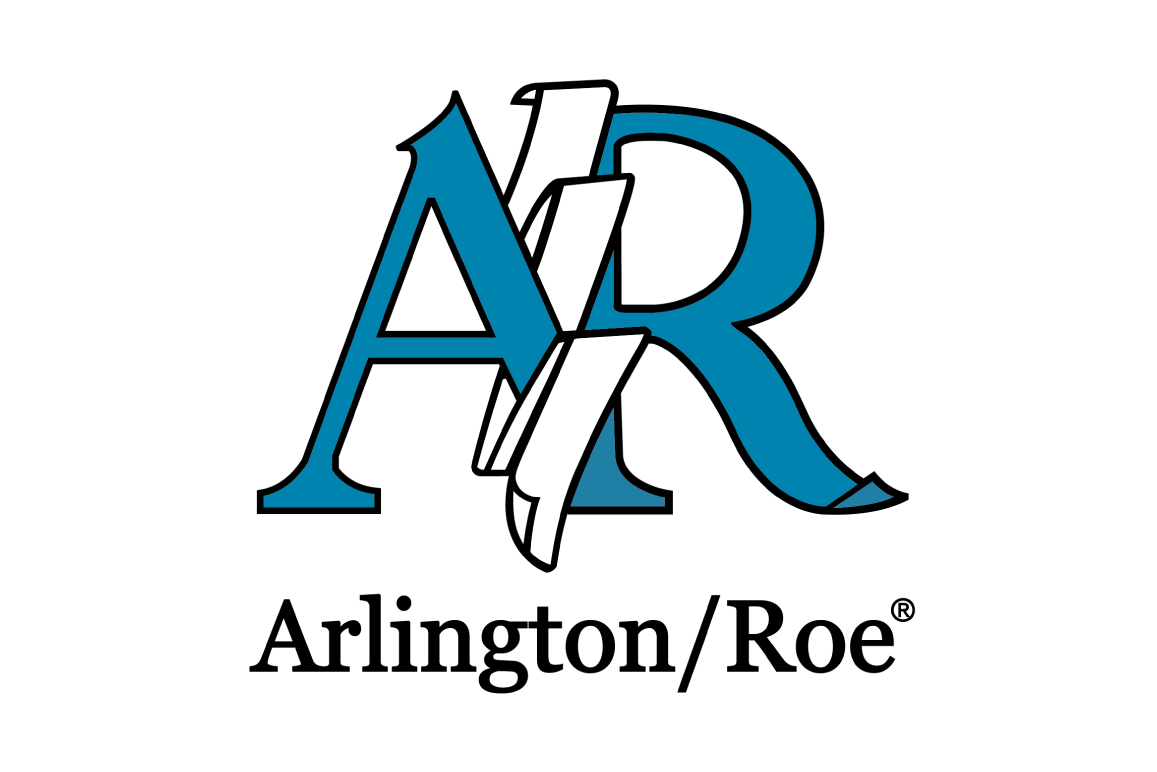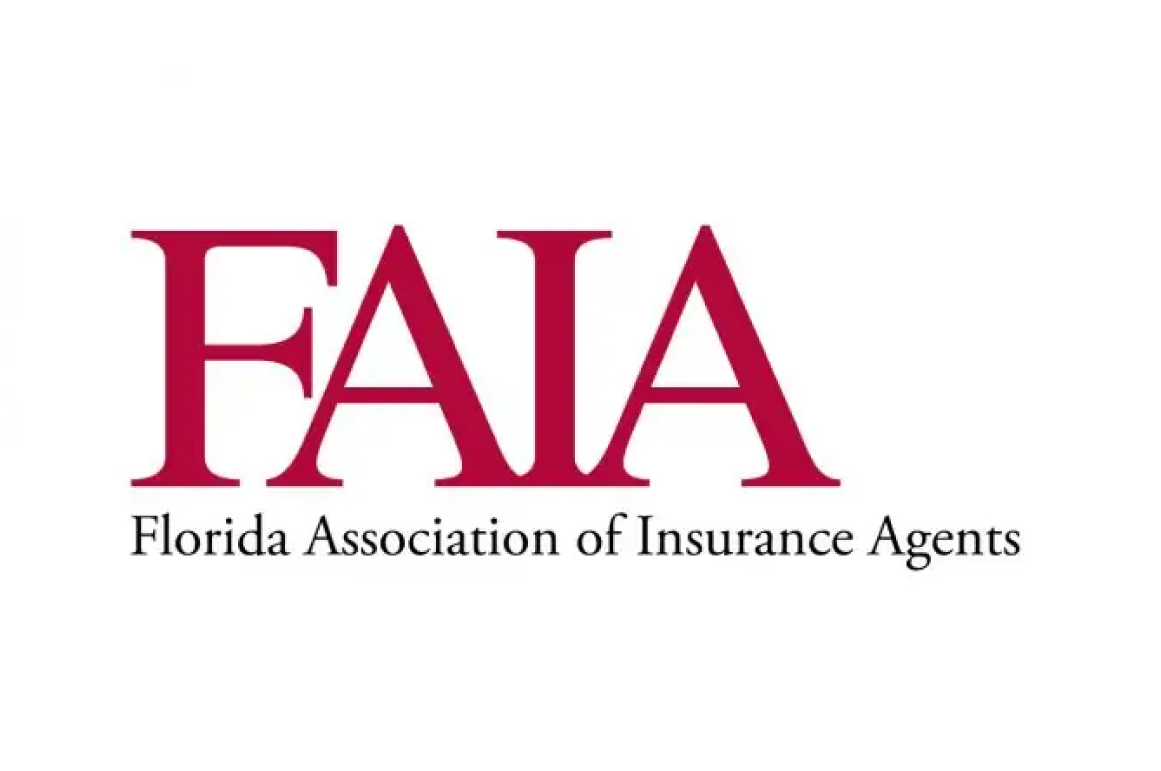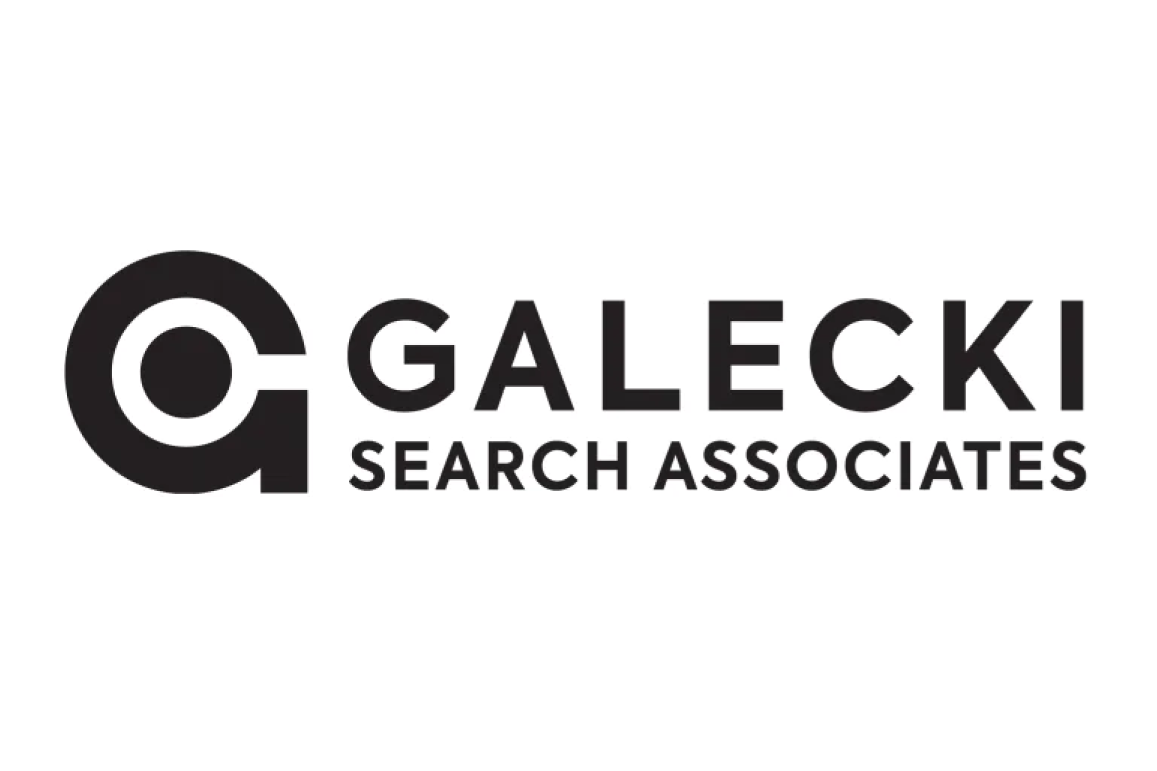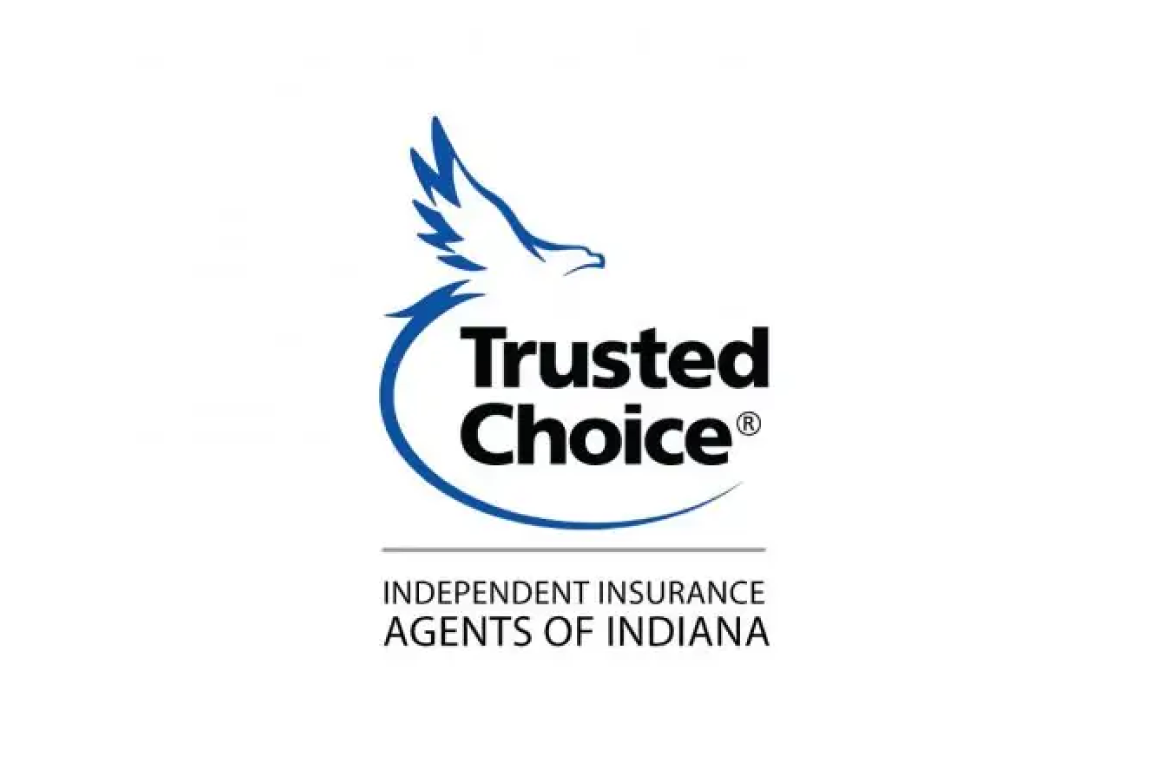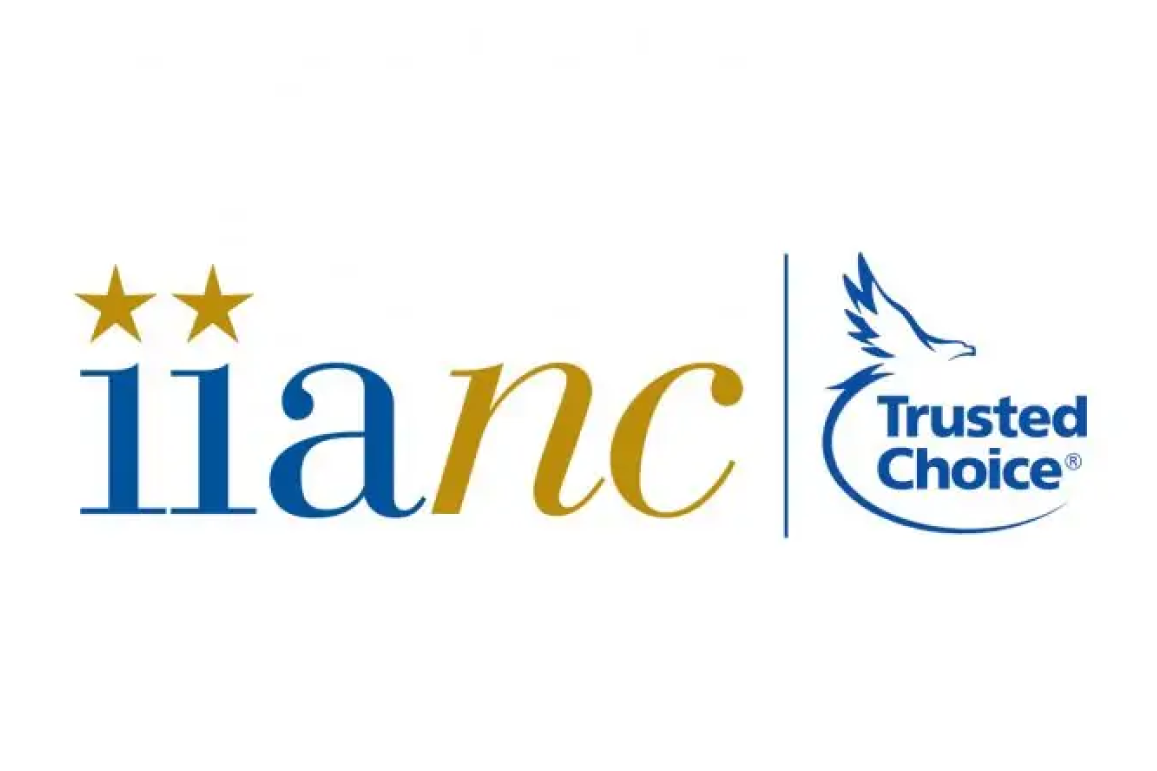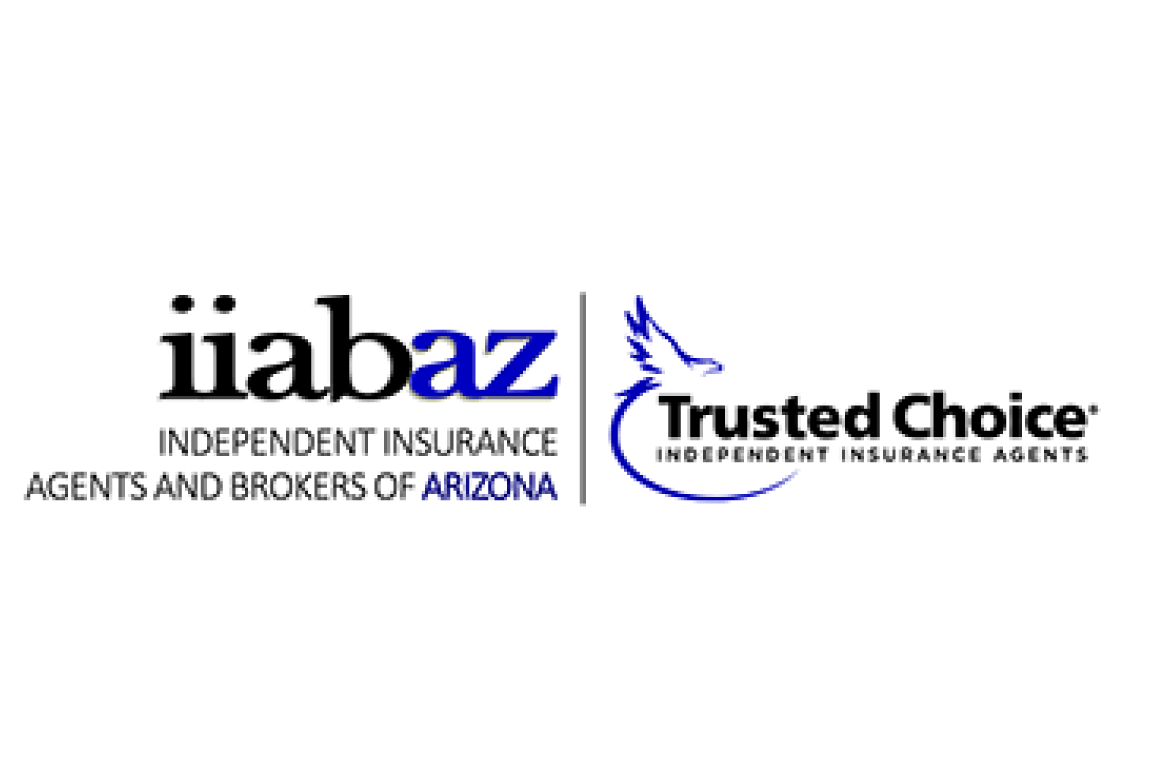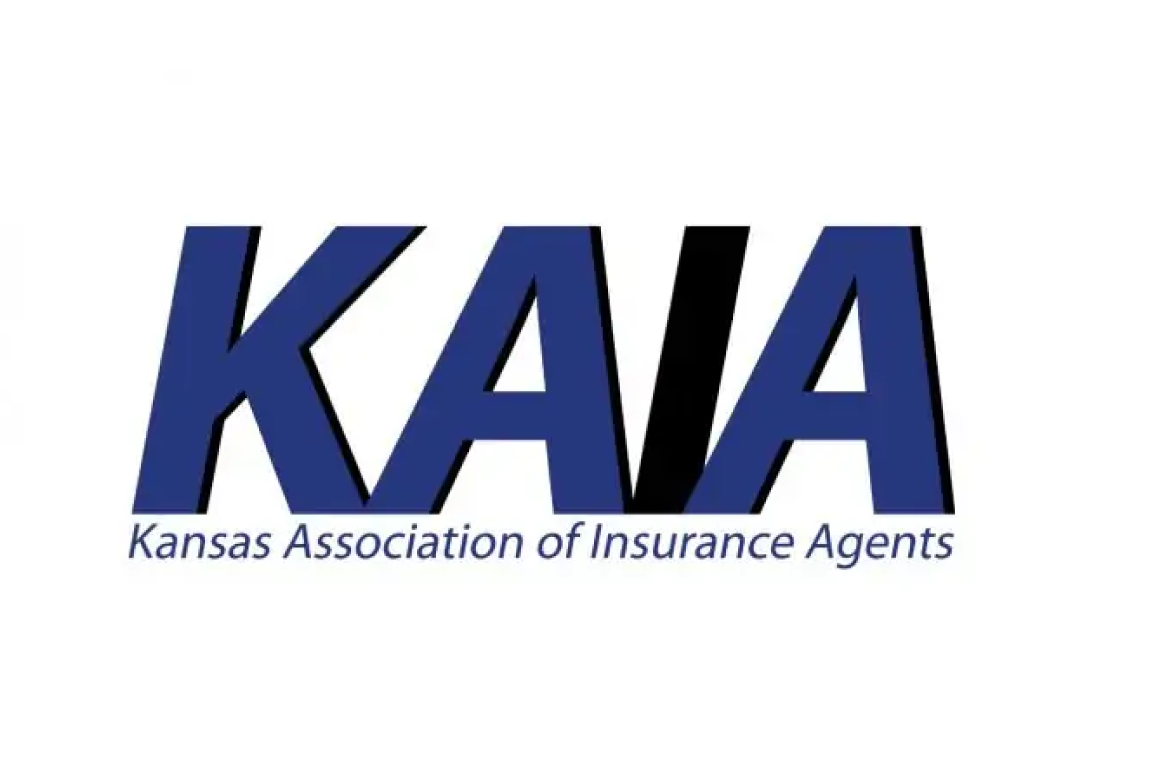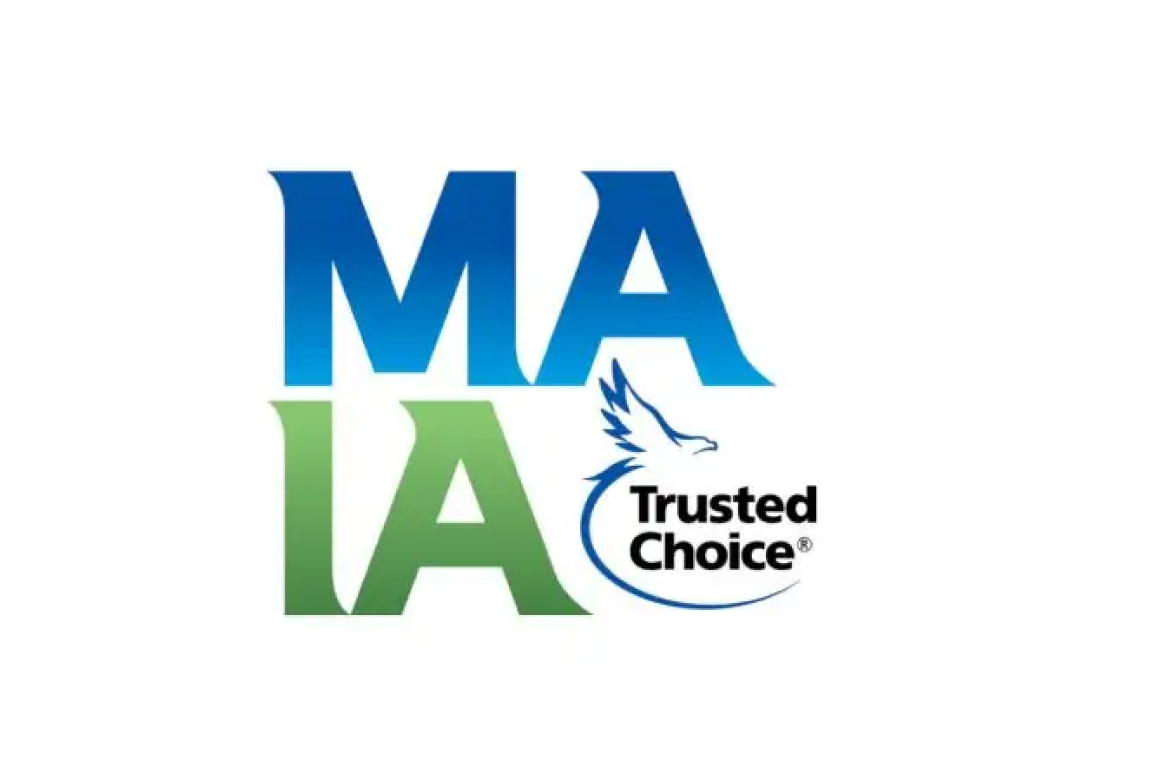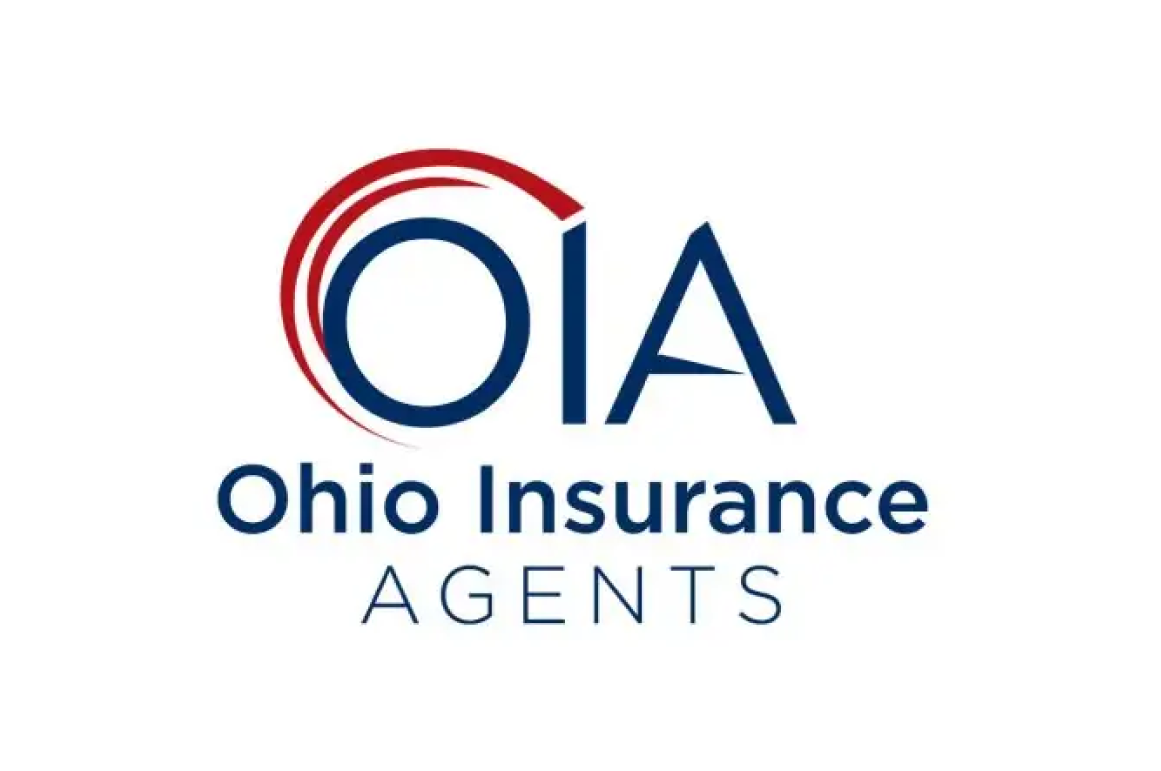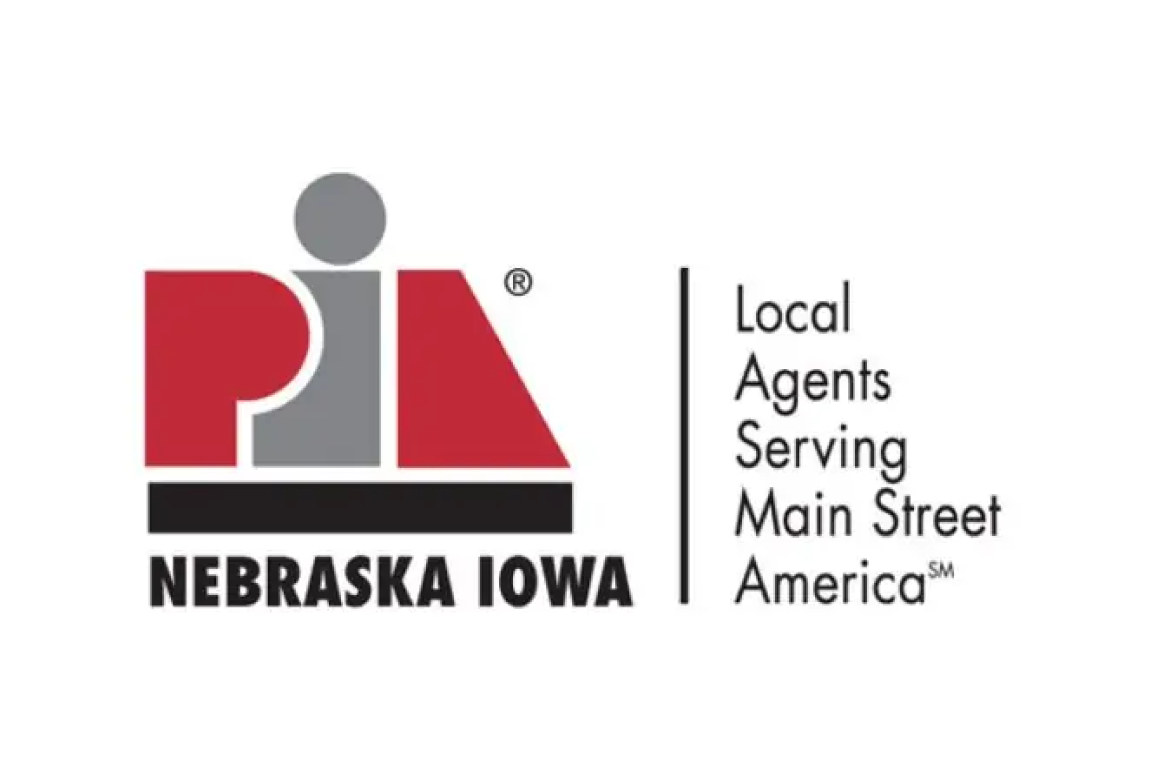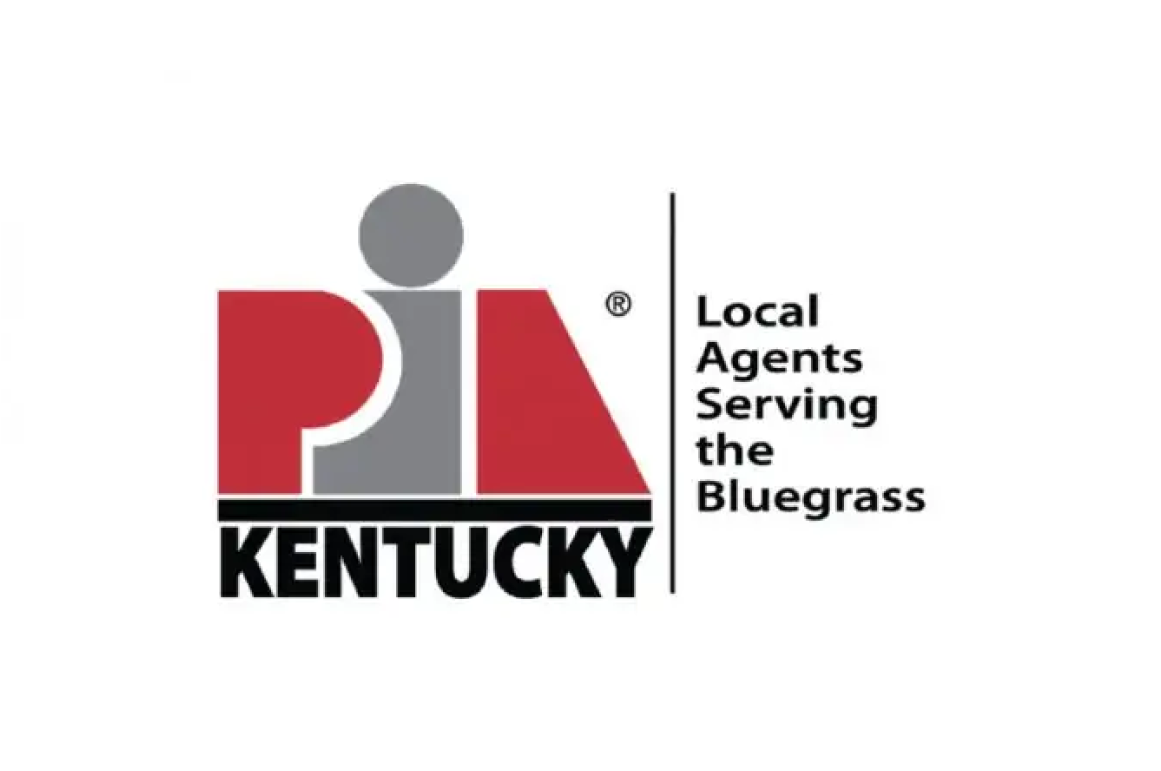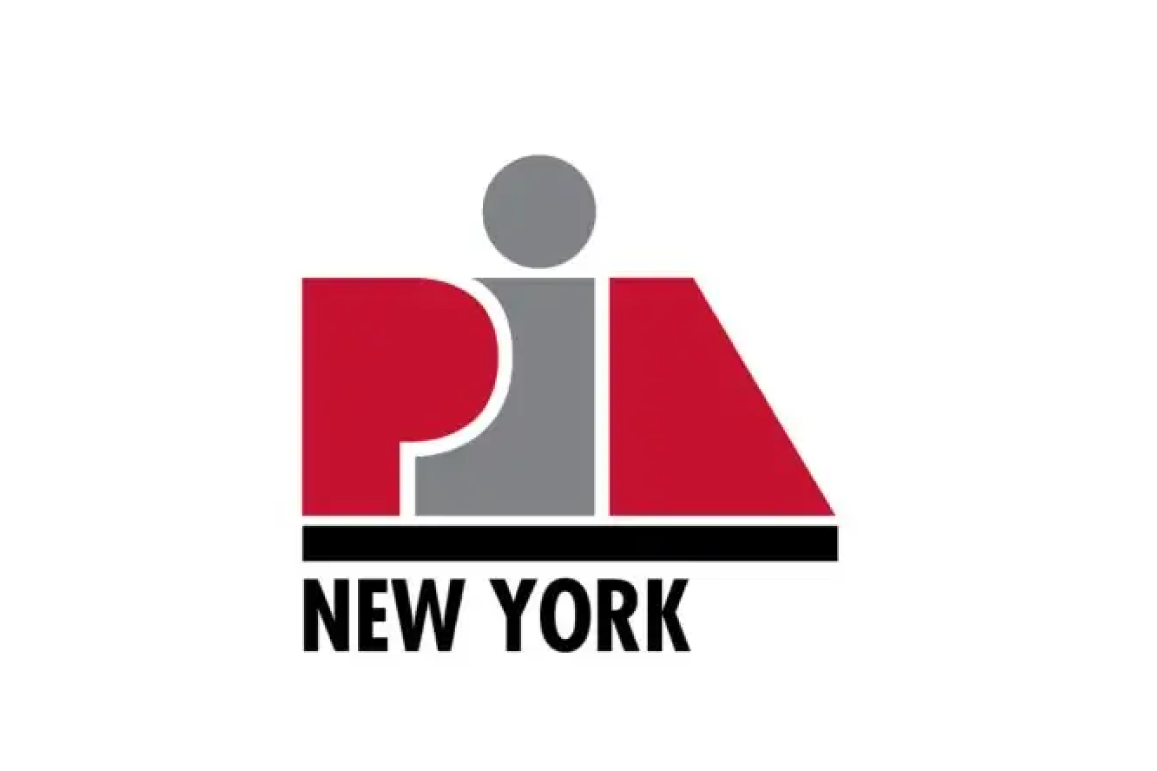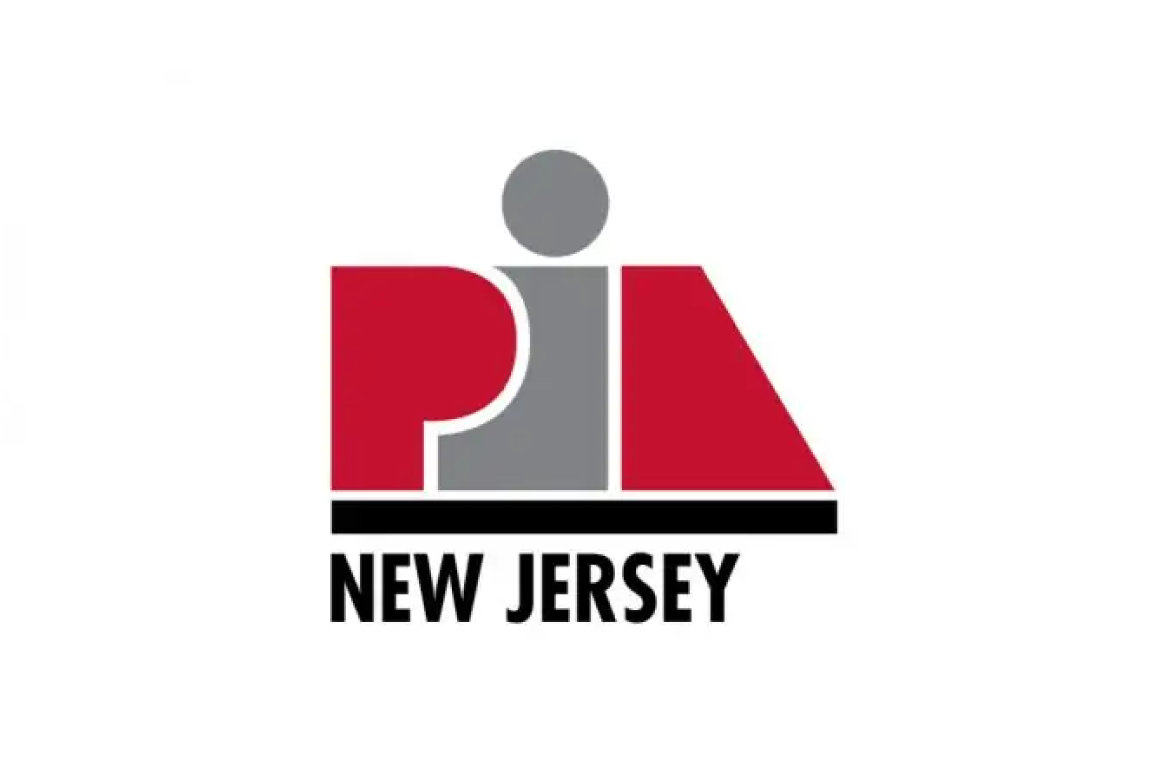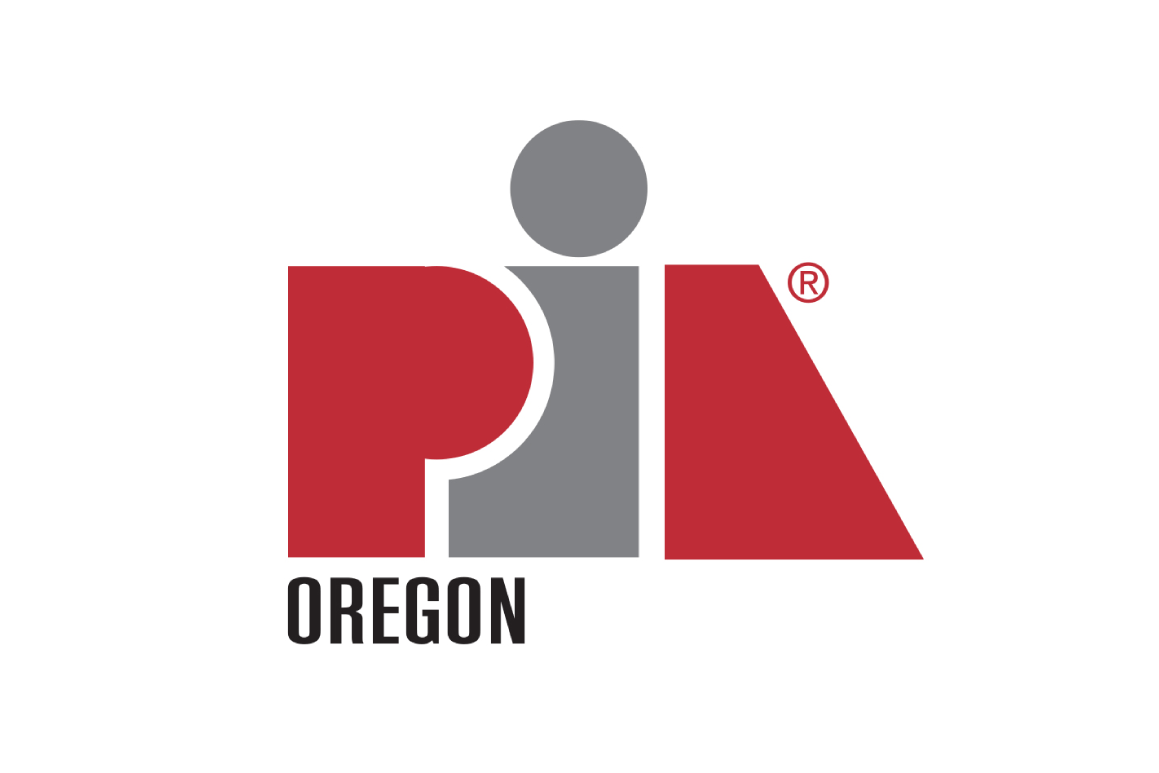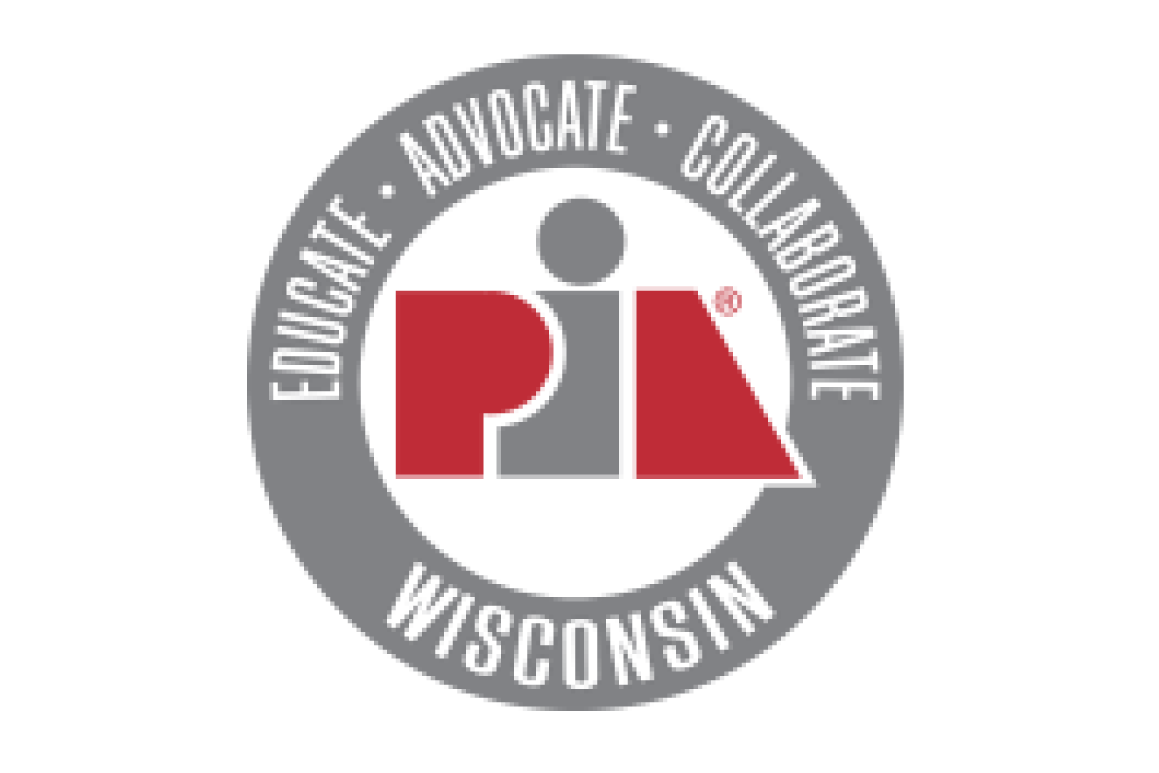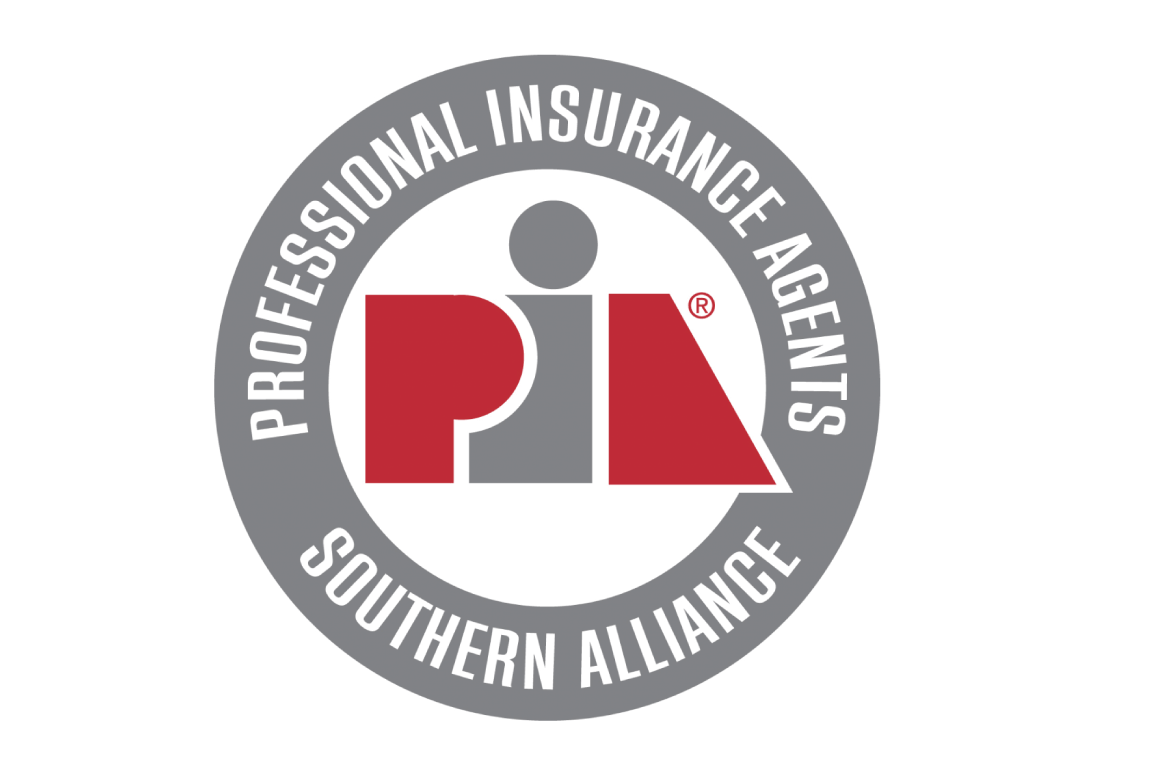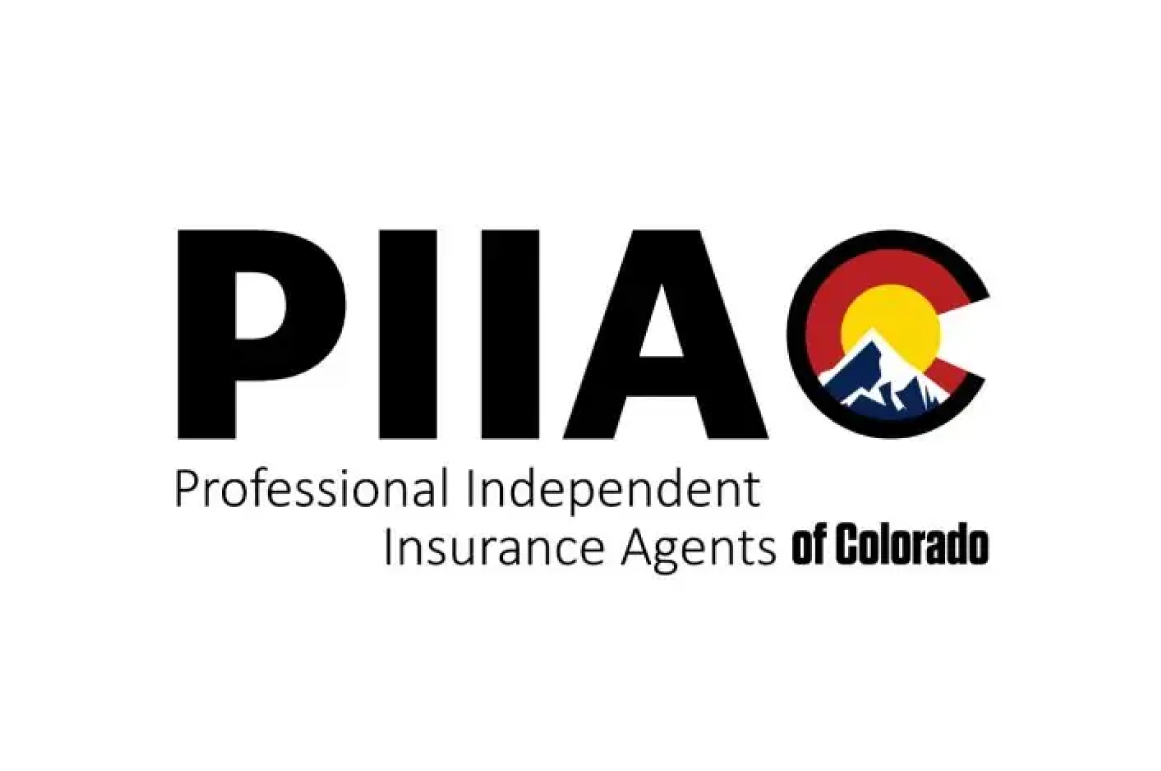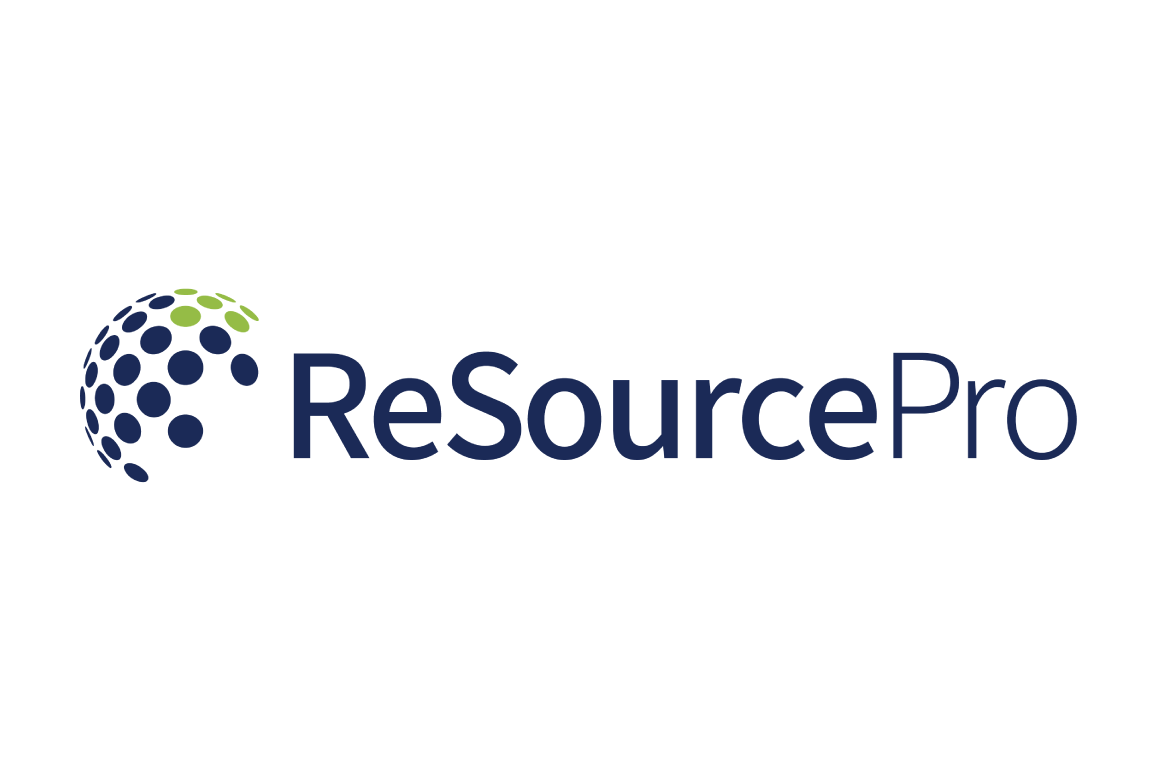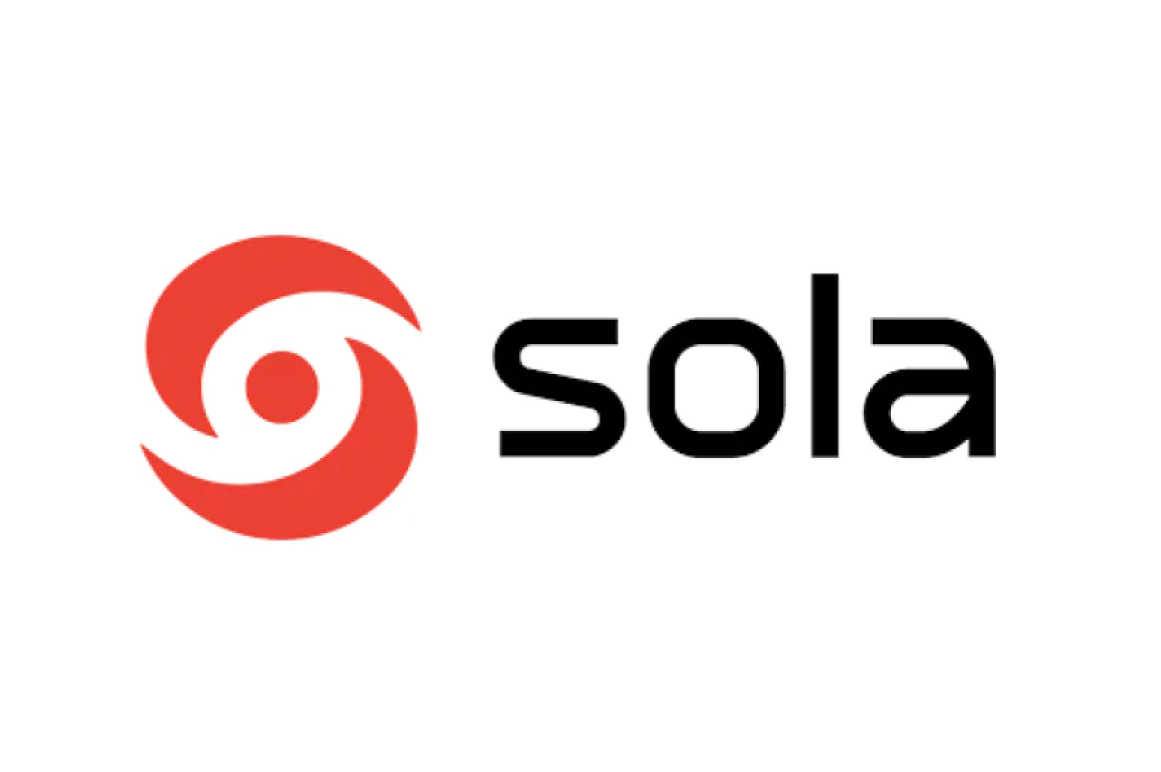By Sue Mathiesen
Our nation is facing the deadliest drug crisis in its history. The media’s coverage of the opioid crisis has been hard to miss, and the statistics are sobering:
• In 2017, one in four Americans were directly impacted by opioid misuse1
• Nearly twelve million Americans misused an opioid pain reliever and more than 2.1 million people suffered from an opioid use disorder in 20162
• U.S. lifespan estimates are declining primarily due to deaths from drug overdoses3
Just recently, the CDC released preliminary estimates of the 2017 death toll at 72,000 lives—a ten percent increase from 2016. Analysts tie this increase to two factors: (1) more Americans are using opioids; and (2) these drugs are becoming more potent.
Opioid Addiction Is a Challenge
Individuals usually begin taking opioids for pain management, and when appropriately prescribed and used as directed, opioids are generally considered safe and effective. However, the prolonged use and/or misuse of opioids frequently leads to addiction. Individuals may become addicted because they aren’t aware of the potential dangers of these medications. What begins as a legitimate use of these medications may end up as a difficult struggle.
Some individuals are able to use opioids safely without becoming addicted to them, but these medications are highly addictive. Individuals are less likely to develop an addiction if they use the drugs for seven days or less.4
The Impact of Opioid Misuse
The opioid crisis is impacting businesses, families, communities—and employers.
• Opioid over-prescribing is shrinking the number of eligible workers, and many employers report struggling to find employees that can pass new-hire drug tests.5
• Labor force participation by workers between the ages of 25–54 is likely to be lower in areas hard hit by this epidemic. This age range tends to be impacted at a higher rate by opioid misuse. Rural areas of the country have been hit harder by this epidemic than urban areas.6
• Seven in ten companies have been directly impacted by prescription drug misuse.7
The opioid epidemic is affecting far more than the availability of labor. It impacts health plan costs, worker compensation costs, and productivity. It is also a safety issue if employees in safety sensitive positions are actively using opioids. This is a problem that an organization’s human resource department should address with their safety colleagues. The National Safety Council has a prescription drug toolkit to help employers address opioids in the workplace. An organization can request this free toolkit at https://www.nsc.org/work-safety/tools-resources/prescription-drug-employer-kit.
Employer Actions to Address Opioid Risks
Employers can take several steps to address opioids in the workplace:
1. An employer might want to get a sense for how predominant opioid use is in their organization. The availability of information will depend on group size and reporting capabilities of your vendors. If you can get claims experience from your workers’ compensation carrier, check the volume of opioid prescriptions filled under the plan. If you can, compare this utilization with benchmark data to determine if you are above or below typical utilization. Similarly, you can approach your health plan vendor. Ask the vendor if they have any reports that are designed to report opioid use compared with benchmarks. If not, look at your top drug utilization report by dollars and prescriptions. If possible, see if you can get a report on the number of unique members filling opioid prescriptions.
It is important to review this data in the aggregate. You would not want to drill down health plan data to usage by individuals. The Health Insurance Portability and Accountability Act (HIPAA) does not generally allow your organization to use information from the health plan to make employment decisions except as may be required by law or permitted to address a public health or safety issue. If you were to take an employment action against any individual due to opioid use and the health plan data alerted your organization to the issue, it could be construed as a violation of HIPAA.
If your vendors are unable to provide data specific to your organization, the National Safety Council has a calculator you can use as part of the employer toolkit. The calculator determines potential cost based on your industry, group size, and geographic region. The results may shock some employers.
Every employer should reconsider how opioids are covered by your health plan, which may already have authorization requirements and/or prescription limits. Many vendors will not allow an initial prescription for acute pain to exceed seven days. Others will place limits on the number of pills that will be covered per month. It is worth the time to discuss what programs your vendor offers to help limit the use of these medications. Make sure, however, that there is an opportunity for an override for your procedures. For example, individuals undergoing difficult chemotherapy regimens may need more of the painkillers than your procedures would generally allow.
2. You should review your drug-free workplace policies and drug testing policies. This area is a legal land mine, as federal and state laws will dictate what is permitted. If your organization operates in a number of states, you should confirm your policies meet state and federal law requirements with an attorney.
Your policies should dictate when you intend to drug test (new-hire, post-accident, random, and so on). Be aware, OSHA has issued a final rule related to post-accident testing. If the post-accident test is required by law, the employer will never be cited by OSHA for an unnecessary drug test. However, if post-accident drug testing is not required under federal or state law, employers must have reason to believe that substance use contributed to the accident in order to conduct the post-accident drug testing. In addition, all parties involved in the accident should be tested. Your policies must also indicate the drugs you are testing for, the testing method, and the procedures for testing. Your policy should address how your organization will handle a positive test.
Most organizations will handle a positive test in one of two ways:
a. A zero-tolerance policy—In a zero-tolerance organization, an employee is terminated for a positive drug test.
b. Treatment and return—The other way is to allow an employee an opportunity to get treatment and return to work. State law may require your organization to allow an employee to get treatment. Treatment may not mean an extended period of time off work. Much will depend on an employee’s level of addiction and resources available. Many treatment programs encourage an employee to return to work during treatment. This allows the individual the opportunity to face the normal stress of the day and learn how to cope without substance use.
Your supervisors should be involved in the management of drug-free workplace policies. Supervisors are in a position to notice potential behavior changes that could indicate an employee with a drug issue. If an employer intends to drug test for reasonable suspicion, your organization should require supervisors take reasonable suspicion training periodically. This will ensure they understand what type of behaviors may indicate an employee may be under the influence. If you intend to drug test for reasonable suspicion, it is best to have two trained supervisors witness the suspicious behavior prompting the requested drug test.
3. Your organization should also invest time in educating employees. Many individuals greatly underestimate the risks involved in using opioids. If individuals are aware of the highly addictive nature of these medications, some may be more cautious if their doctor recommends an opioid as a treatment and might ask for an alternate medication.
In addition, many employees may realize they may have opioid medications at home in their medicine cabinets and take steps to turn in the unused prescriptions. The DEA sponsors two national “take back” days annually, and more information is available on their website. An internet search will help identify other locations that unused prescriptions may be taken to for safe disposal.
Advertising your organization’s EAP resources in relation to addiction is critical. Many times, it is the employee’s family member struggling with the addiction, and the employee may need support handling the addiction of a spouse or a child. In addition, ask your EAP what resources are available in the event an employee dies from an overdose, as this can be a very difficult situation for the employee’s coworkers. Many EAPs offer programs to help employers with opioid issues within their organization.
Concluding Thoughts
Employers should look to address opioids in the workplace, as this epidemic is getting progressively worse. Fortunately, many stakeholders are taking action. Many states are tightening requirements for filling prescriptions and tracking the individuals who are issued prescriptions. These requirements are prompting physicians to be more judicious in prescribing these medications. Many employers are limiting coverage of these medications, as well. For many, it is recommended that they work with a physician to treat an opioid addiction, as going “cold turkey” off these drugs could result in serious medical issues including death.
The opioid crisis has likely affected your organization whether you are aware of it or not. An employee may be struggling or not completely focused at work because a family member has an issue. Employers should review any accessible data that will provide a sense for where their opioid utilization falls relative to benchmark data. All organizations should review their drug-free workplace policies and have these policies reviewed by legal counsel. Supervisors should be trained on the drug-testing process and also on identifying behaviors of individuals under the influence (reasonable suspicion training). Make sure your organization has resources available to help an employee struggling with addiction.
Despite all the efforts being made by stakeholders, the opioid epidemic will continue to affect this country for years to come. Employers will need to be diligent in addressing the risk of opioid use in their workplace.
References
1 National Safety Council, “1 in 4 Americans Directly Impacted by Opioid Misuse; NSC Launches Education Campaign to Save Lives,” November 8, 2017, press release, https://www.nsc.org/in-the-newsroom/1-in-4-americans-directly-impacted-by-opioid-misuse-nsc-launches-education-campaign-to-save-lives-2.
2 SAMHSA/HHS, “An Update on the Opioid Crisis,” March 4, 2017, https://www.samhsa.gov/sites/default/files/aatod_2018_final.pdf.
3 Arias Kochanek Dowell, Anderson et al., “Contribution of Opioid-Involved Poisoning to the Change in Life Expectancy in the United States, 2000–2015,” September 2017, Journal of the American Medical Association.
4 Taylor & Francis, “Guidelines for Prescribing Opioids for Chronic Pain,” October 2018, Centers for Disease Control and Prevention.
5 Alan B. Krueger, “Where have all the workers gone? An inquiry into the decline of the U.S. labor force participation rate,” September 2017, Brookings paper on Economic Activity.
6 Id.
7 National Safety Council, “Prescription Nation 2018: Facing America’s Opioid Epidemic,” https://www.nsc.org/home-safety/safety-topics/opioids/prescription-nation.
About the Author: Sue Mathiesen
Sue Mathiesen is the Director for Research and Education in the Employee Health and Benefits practice for Marsh & McLennan Agency’s Upper Midwest Region.









